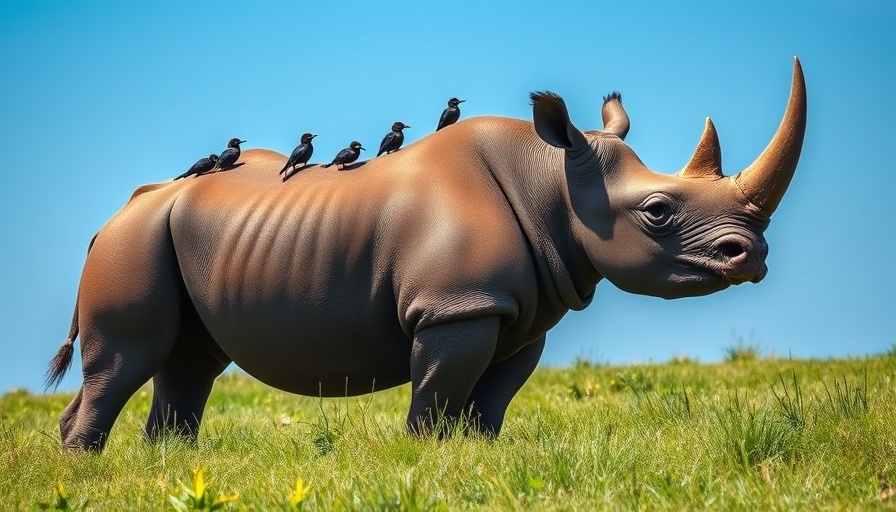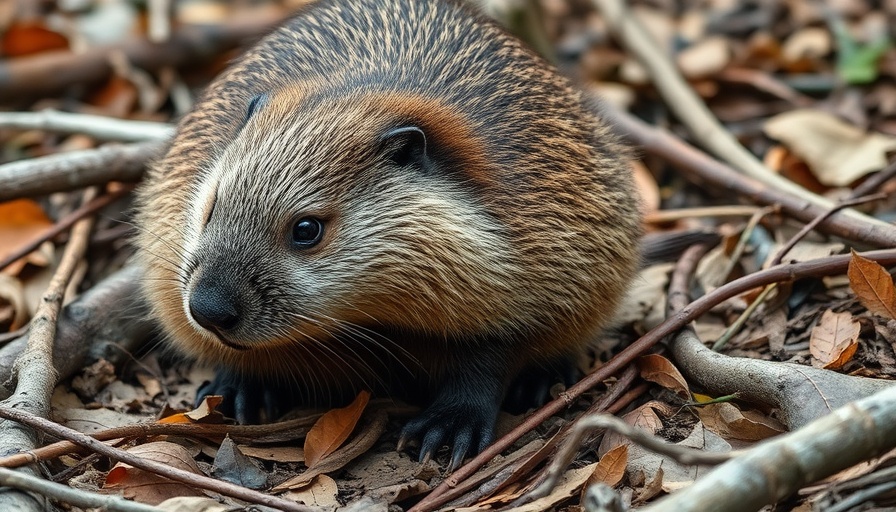
Understanding the Cruelty Behind Popular Animal Attractions
As travelers, we are often drawn to experiences that allow us to connect with wildlife. From swimming with dolphins to capturing selfies with sloths, these attractions promise memorable adventures. However, many of these encounters cloak a darker reality. Whether it’s the cramped spaces for dolphins in captivity or the cruel training methods for performing orangutans, the allure of animal attractions often masks significant animal welfare concerns.
The Hidden Costs of Dolphinariums
Many people believe dolphinariums provide safe, educational experiences. Yet, animal welfare organizations reveal the truth: dolphins in these facilities are confined to spaces drastically smaller than their natural habitats—sometimes 200,000 times less. Despite growing calls for ethical reform and proposals to phase out these facilities in Europe, dolphin shows continue, leaving many animals to endure lives in captivity.
Exploiting Lions: A Cycle of Abuse
The popular activity of walking with lions poses severe risks to these majestic animals. Lion cubs are often separated from their mothers too early, leading to unnatural behaviors. Once the cubs grow too large for interaction with tourists, a grim fate often awaits; many are sold to canned hunting farms. This cycle of exploitation harms not only the individual lions but also disrupts the natural behaviors vital for their well-being.
The Dark Side of Elephant Rides
Elephant riding seems like a magical experience, yet behind the scenes lies a troubling narrative. Most elephants are captured from the wild, subject to harsh training methods to instill fear of humans, and many suffer from malnutrition and exhaustion. Reports indicate that fatalities among elephants in riding facilities due to these unethical practices are alarmingly common.
Cute Selfies: The Reality of Sloth Exploitation
Selfies with sloths have become popular on social media, shining a light on the need for awareness in wildlife tourism. However, investigations expose that these adorable creatures, along with various other species, are often removed from their natural habitats and subjected to stress. The trend may appear harmless, but it often leads to abusive conditions that compromise the health and integrity of these animals.
Taking Action: Being a Conscious Traveler
As responsible travelers, it’s essential to educate ourselves before engaging with wildlife attractions. Researching animal welfare standards and supporting ethical wildlife tourism can help protect these creatures from cruel practices. Opting for sanctuaries that prioritize rehabilitation over entertainment ensures that we contribute to conservation efforts instead of exploitation.
Inspiring Change
Just as every animal deserves a life free from abuse, so too does our planet deserve stewards who advocate for its inhabitants. Understanding the impacts of our choices in tourism is a crucial step in supporting wildlife conservation. As residents of the high desert, our love for nature should extend beyond mere admiration; we must strive to protect it.
 Add Row
Add Row  Add
Add 




Write A Comment